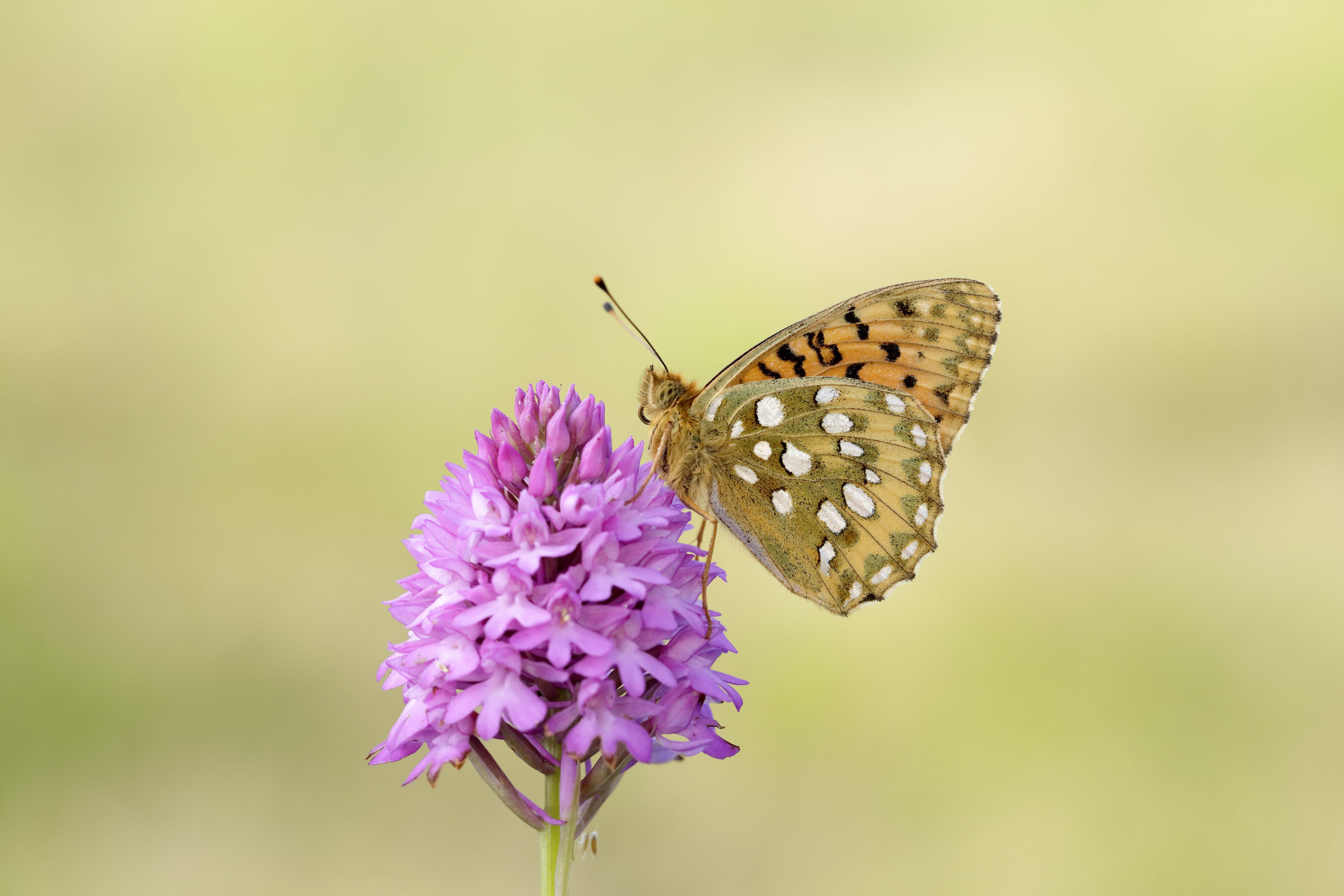The UK and England butterfly indicators are Official Statistics published by Defra today (21st June 2018).
They form part of a suite of Governmental biodiversity indicators and describe grouped measures for habitat specialist and wider countryside butterflies species across the UK from 1976-2017 and wider countryside species in woodland and farmland habitats in England from 1990-2017.
Though better than the previous year, 2017 was a relatively poor year for butterflies; attributable to periods of poor weather during the spring and summer and preceding winter months.
In the UK, since 1976, the habitat specialists butterflies index has fallen by 77%, whilst wider countryside abundance is down by 46%.
Species had contrasting fortunes within the overall trend. Habitat specialists showing the greatest decline since 1976 include: Heath Fritillary, Wood White, Lulworth Skipper and Pearl-bordered Fritillary. Silver-spotted Skipper, Dark Green Fritillary, Large Heath, Adonis Blue and Silver-washed Fritillary show significant increases over the long term. Wider countryside showing the greatest declines since 1976 include: White-letter Hairstreak, Wall, and Small Tortoiseshell. Comma, Marbled White, Speckled Wood and Ringlet show increases over the long term.

In England, since 1990, the farmland butterfly index in England has dropped by 27%, whilst the woodland index is down by 58%. Both measures have shown some recovery since a low point in 2012. The most severely declining woodland species are Small Copper, Wall and White-letter Hairstreak, whilst farmland species in most rapid decline are Small Tortoiseshell, Wall and White-letter Hairstreak. Ringlet has increased in both habitats since 1990.
The indicators are compiled by Butterfly Conservation and the Centre for Ecology & Hydrology from butterfly count data collected by volunteer recorders contributing to the UK Butterfly Monitoring Scheme.
Butterflies are regarded as valuable environmental indicators, for their rapid and sensitive responses to subtle habitat or climatic changes and as representatives for the diversity and responses of other wildlife.
The results from the butterfly indicators indicate that the UK countryside is in a poor state for wildlife and that urgent action is required. Butterfly Conservation is working with partners to address butterfly declines through a wide-ranging programme of conservation action.


